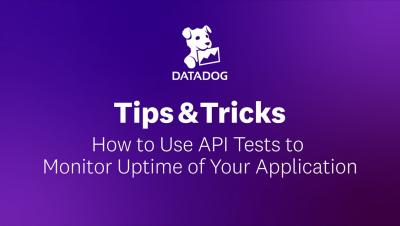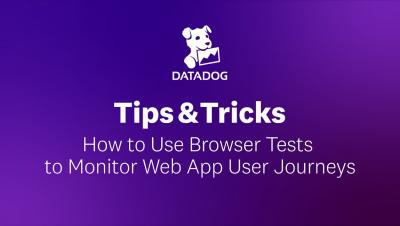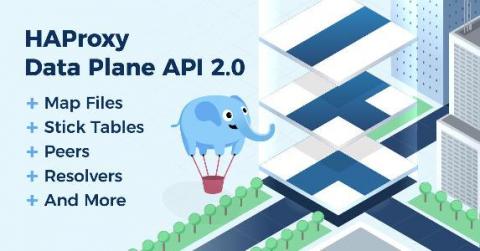7 alerting optimizations you should use in your website and API monitoring
Alerting is central to your website, web application, and API monitoring. Getting the right message to the right people is essential to quickly resolving outages and error states. In this article, we walk you through seven aspects you need to consider when setting up the alerting for your monitors. If you need a general overview of how alerting works within Uptrends, we have a Knowledge Base article and an Academy course you may want to visit.











